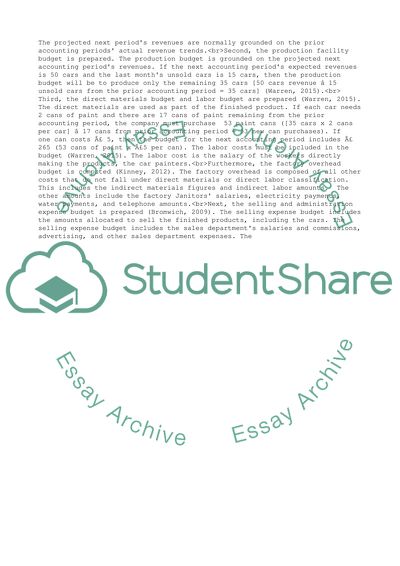Cite this document
(“Cost, Budgets and Strategic Decision Making in Management Accounting Assignment”, n.d.)
Cost, Budgets and Strategic Decision Making in Management Accounting Assignment. Retrieved from https://studentshare.org/business/1674130-cost-budgets-and-strategic-decision-making-in-management-accounting
Cost, Budgets and Strategic Decision Making in Management Accounting Assignment. Retrieved from https://studentshare.org/business/1674130-cost-budgets-and-strategic-decision-making-in-management-accounting
(Cost, Budgets and Strategic Decision Making in Management Accounting Assignment)
Cost, Budgets and Strategic Decision Making in Management Accounting Assignment. https://studentshare.org/business/1674130-cost-budgets-and-strategic-decision-making-in-management-accounting.
Cost, Budgets and Strategic Decision Making in Management Accounting Assignment. https://studentshare.org/business/1674130-cost-budgets-and-strategic-decision-making-in-management-accounting.
“Cost, Budgets and Strategic Decision Making in Management Accounting Assignment”, n.d. https://studentshare.org/business/1674130-cost-budgets-and-strategic-decision-making-in-management-accounting.


